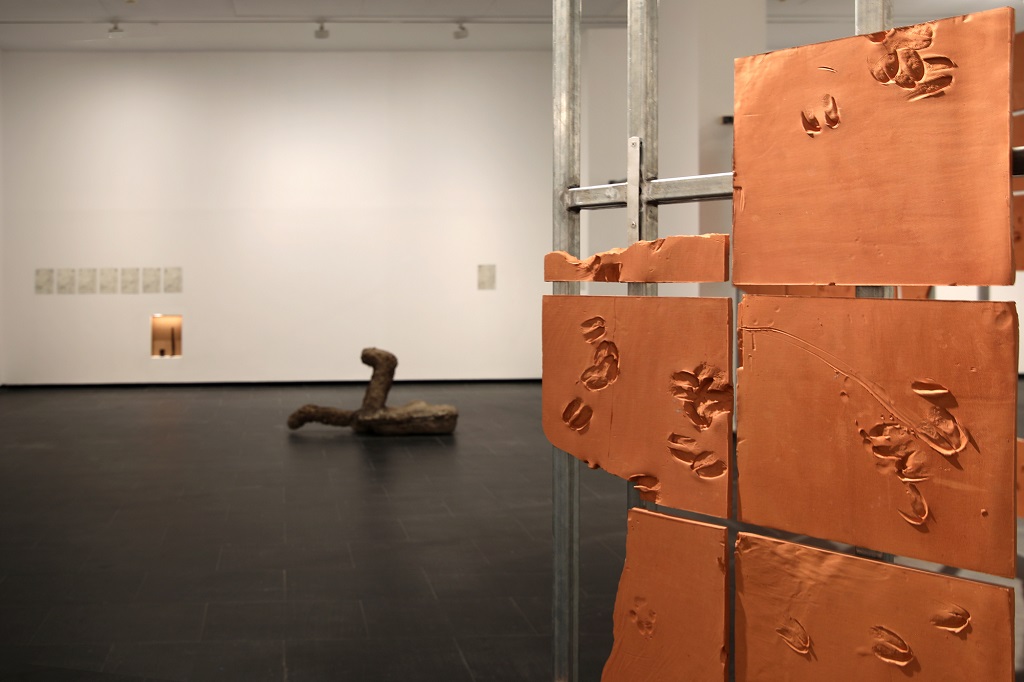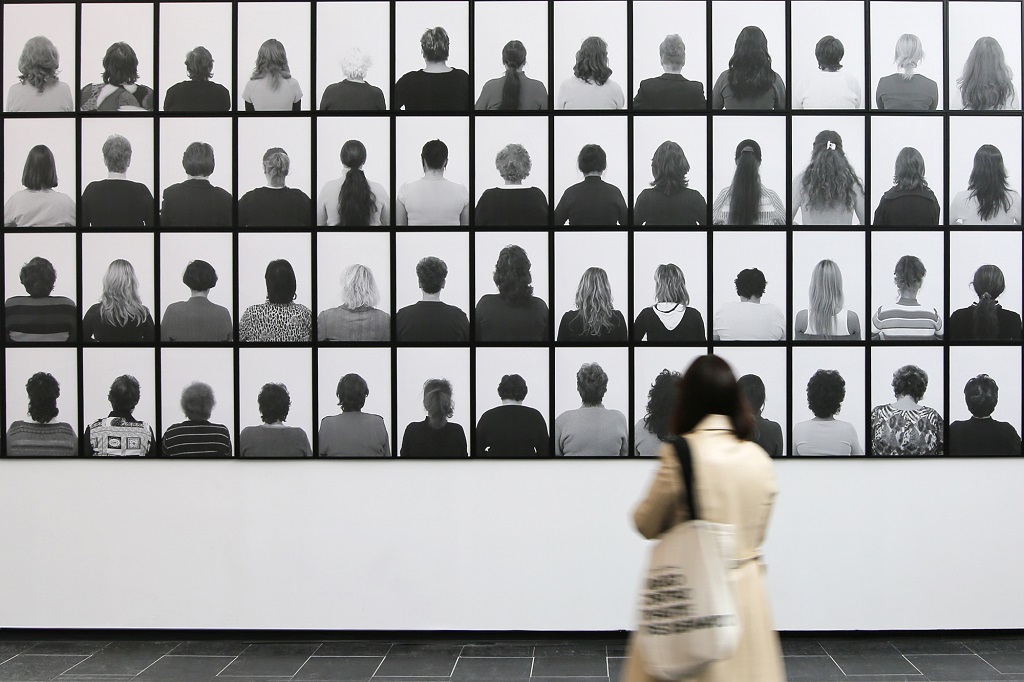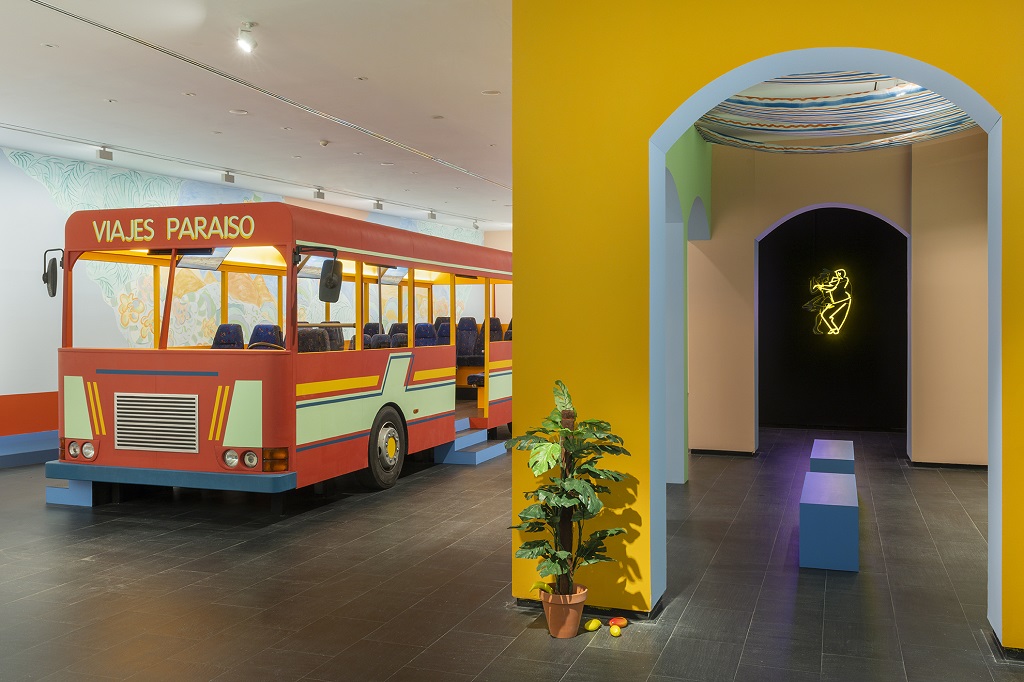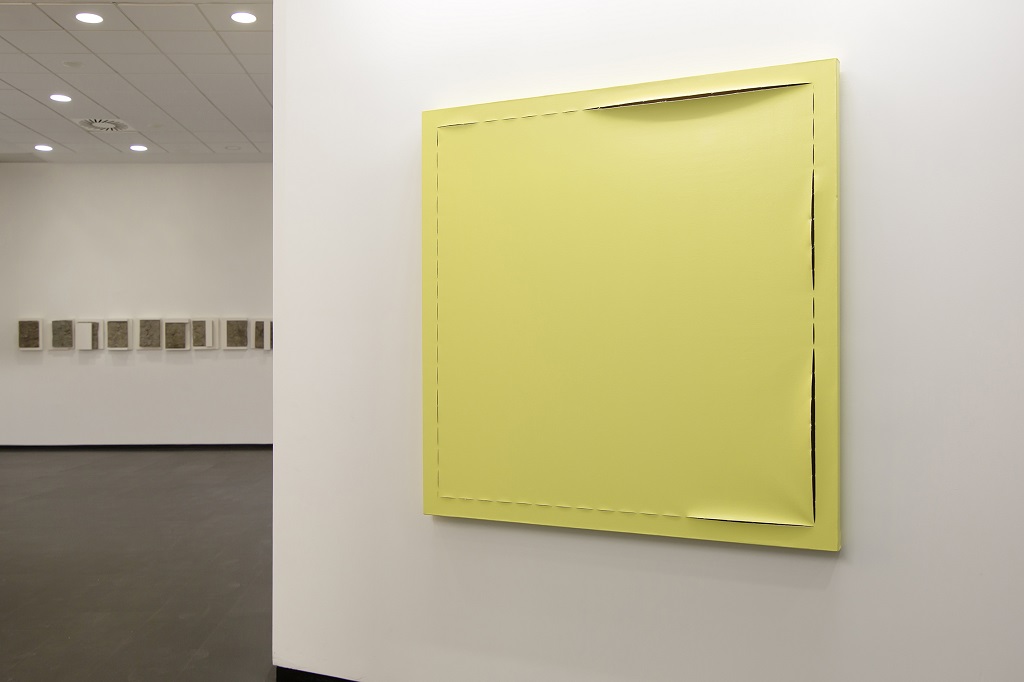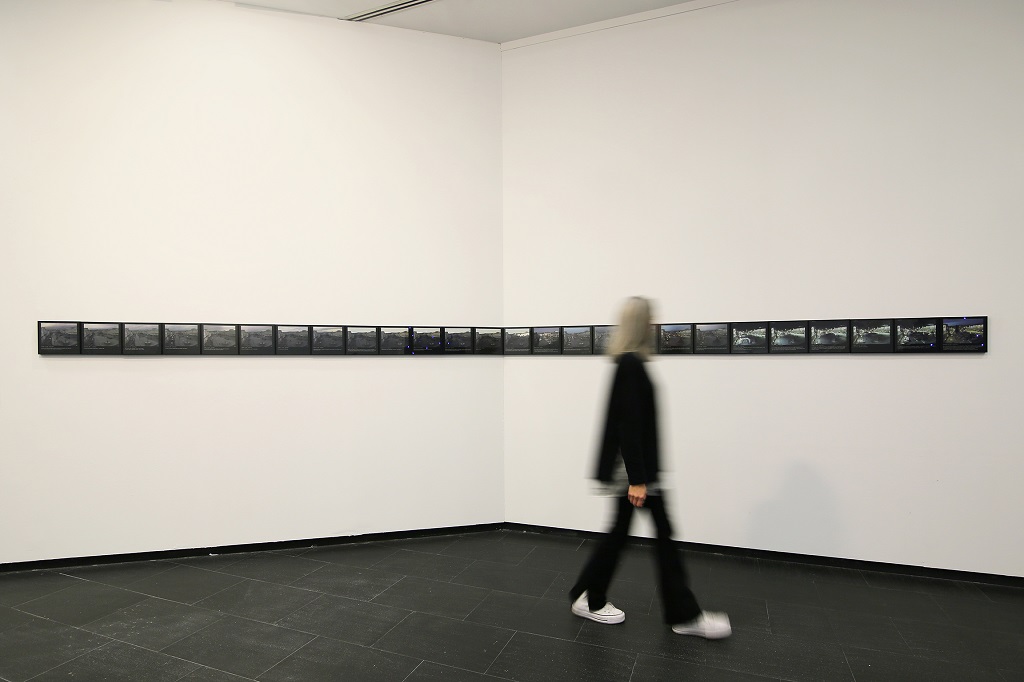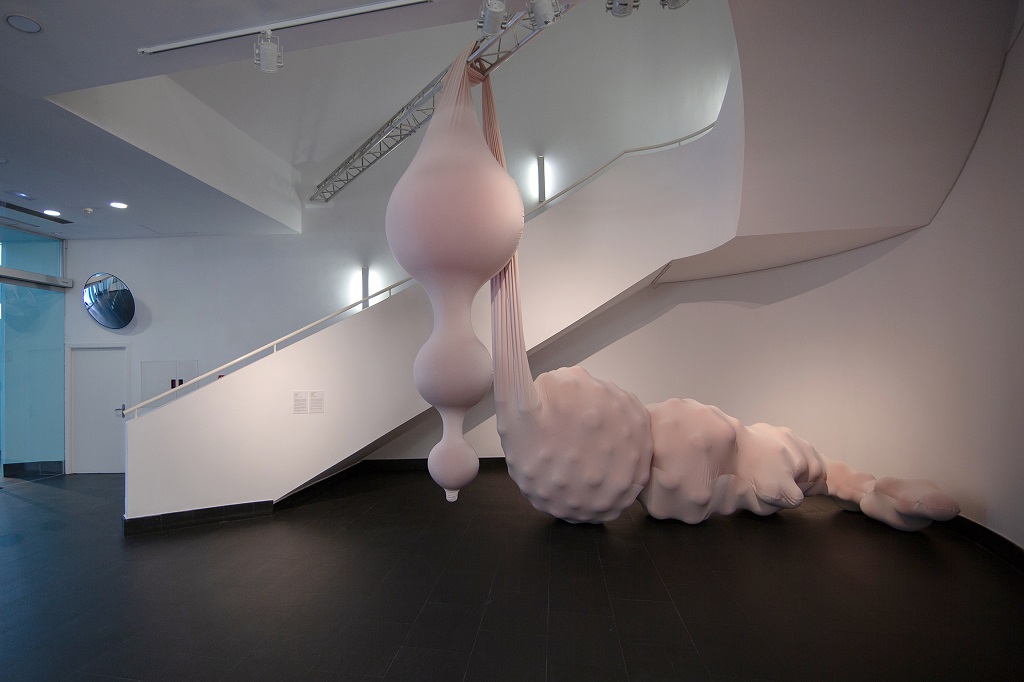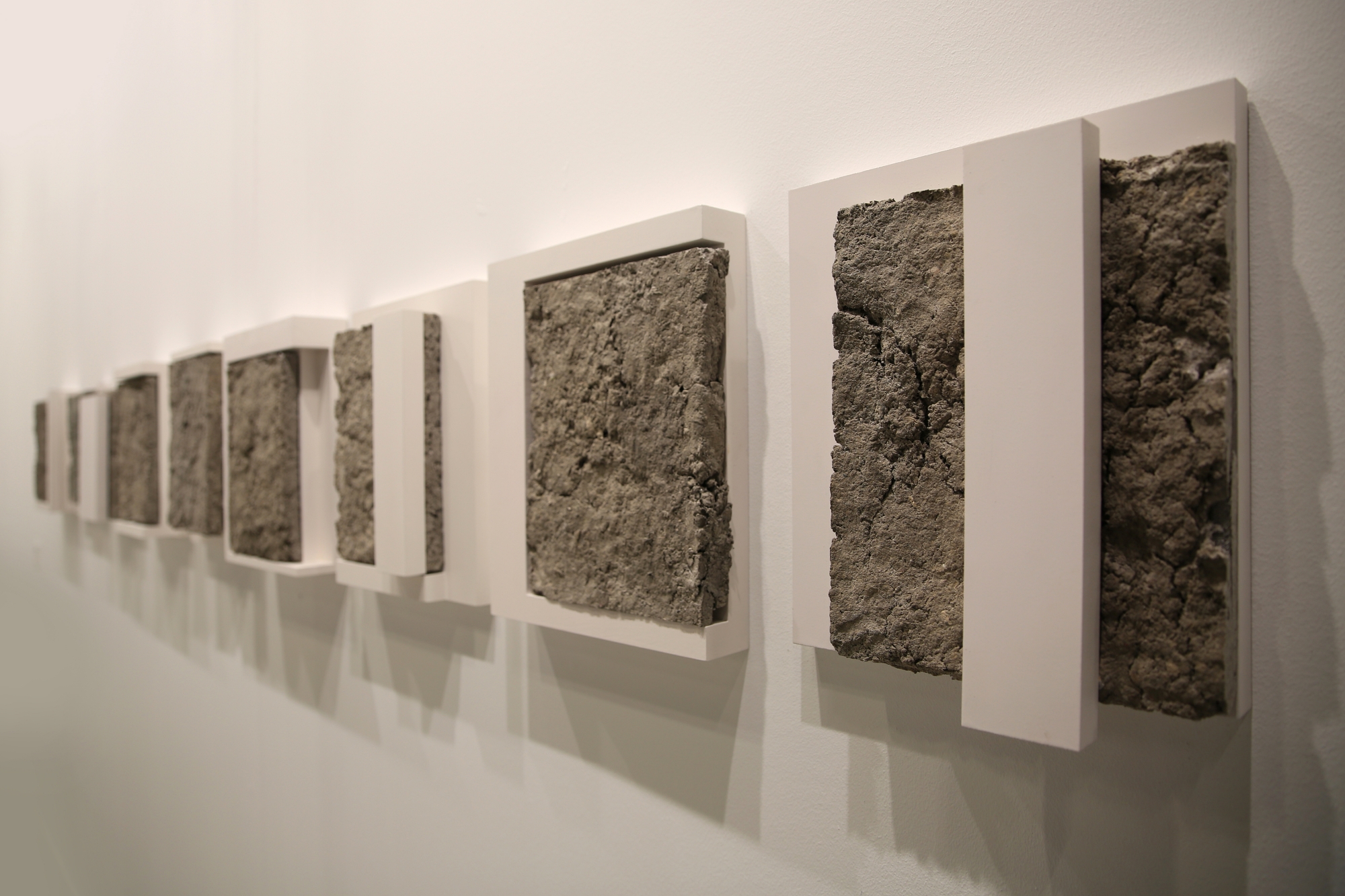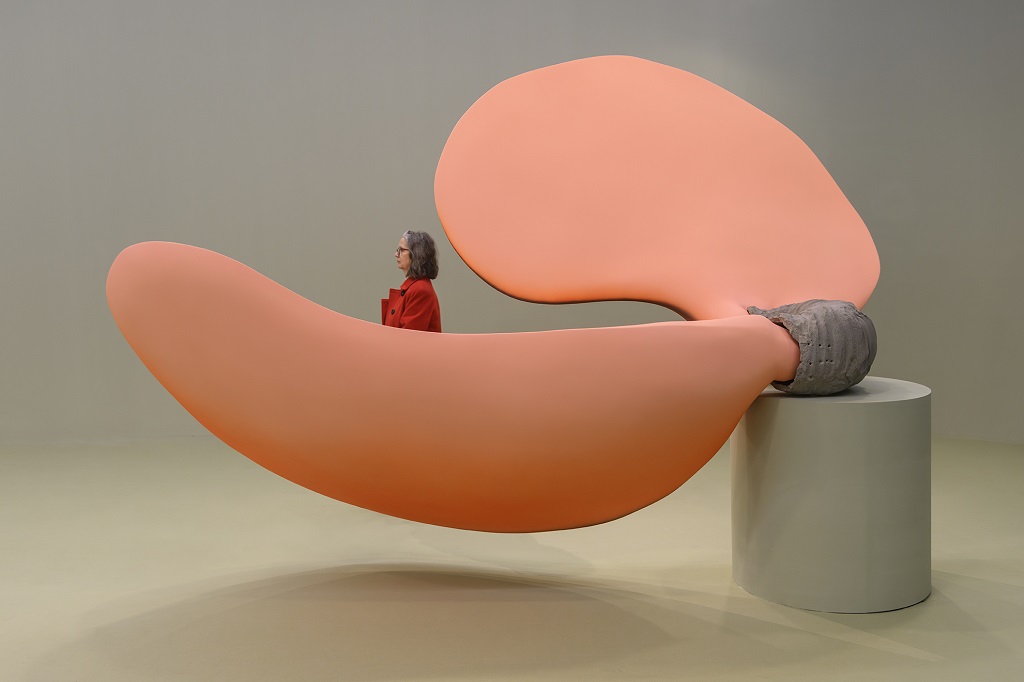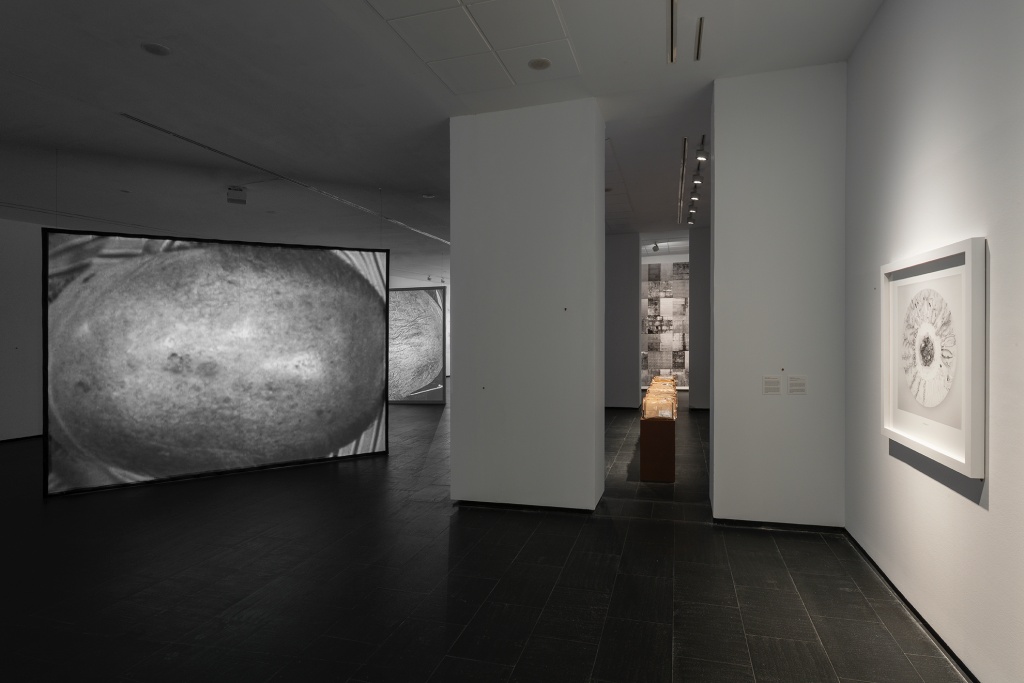
It presents a succinct overview of his artistic production, recovering different works that have marked his work in some way since the early 2000s. At the same time, coexisting with this journey is a group of new works that, based on a highly personal vision of sculptural language, are displayed through spatially specific installations, newly produced pieces, performative actions and series that are added to some of those already produced in recent years.

